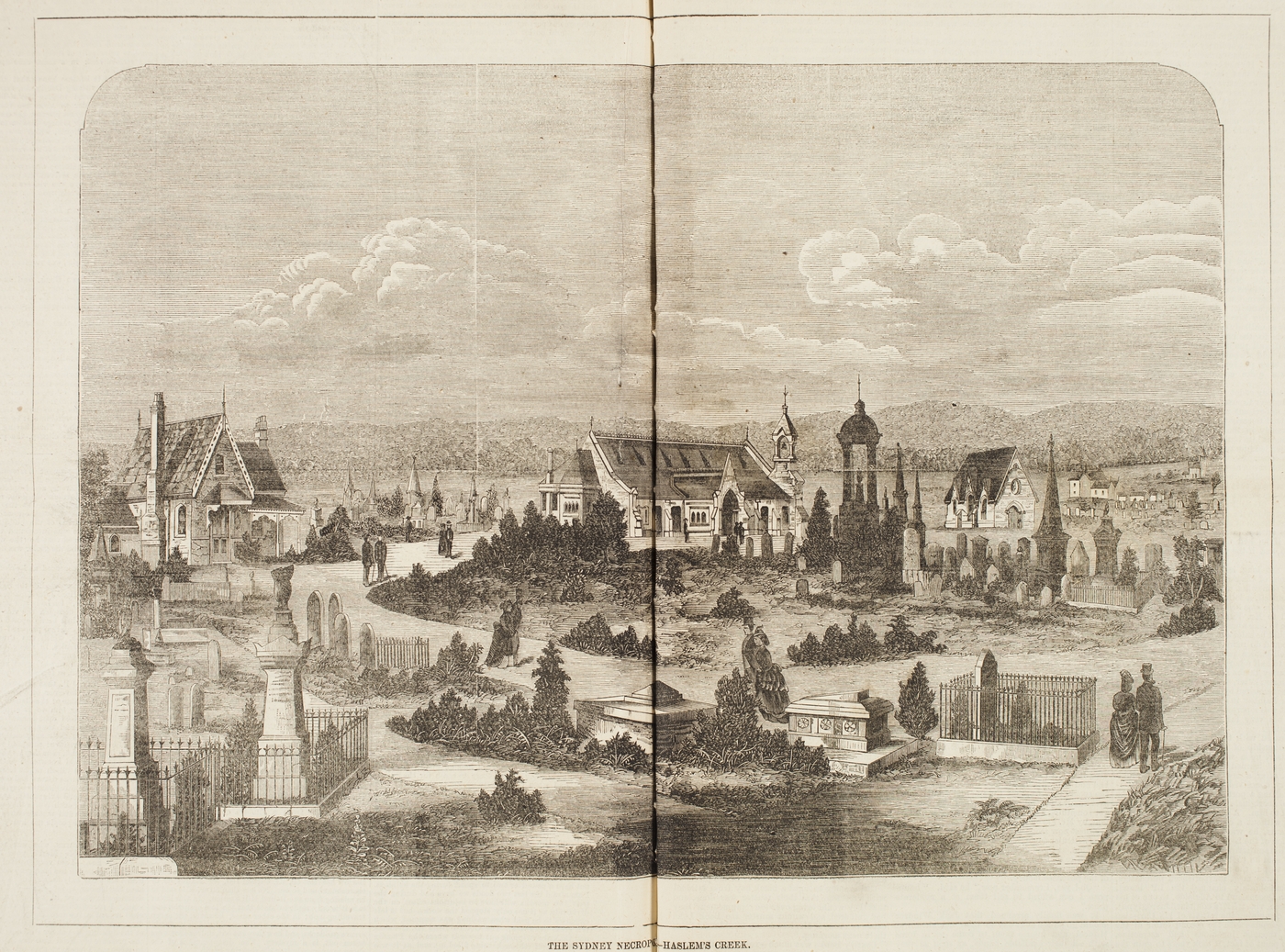The Dictionary of Sydney was archived in 2021.
The Sydney Necropolis - Haslem's Creek 1876

From the collections of the
(Australian Town and Country Journal, 9 December, 1876, p940-941)

